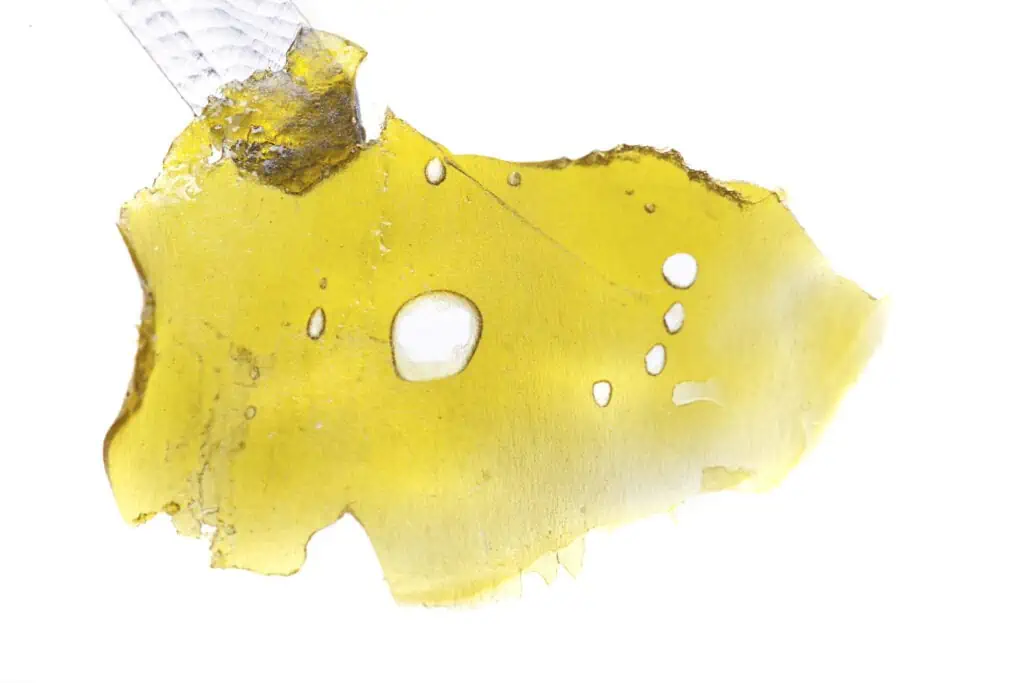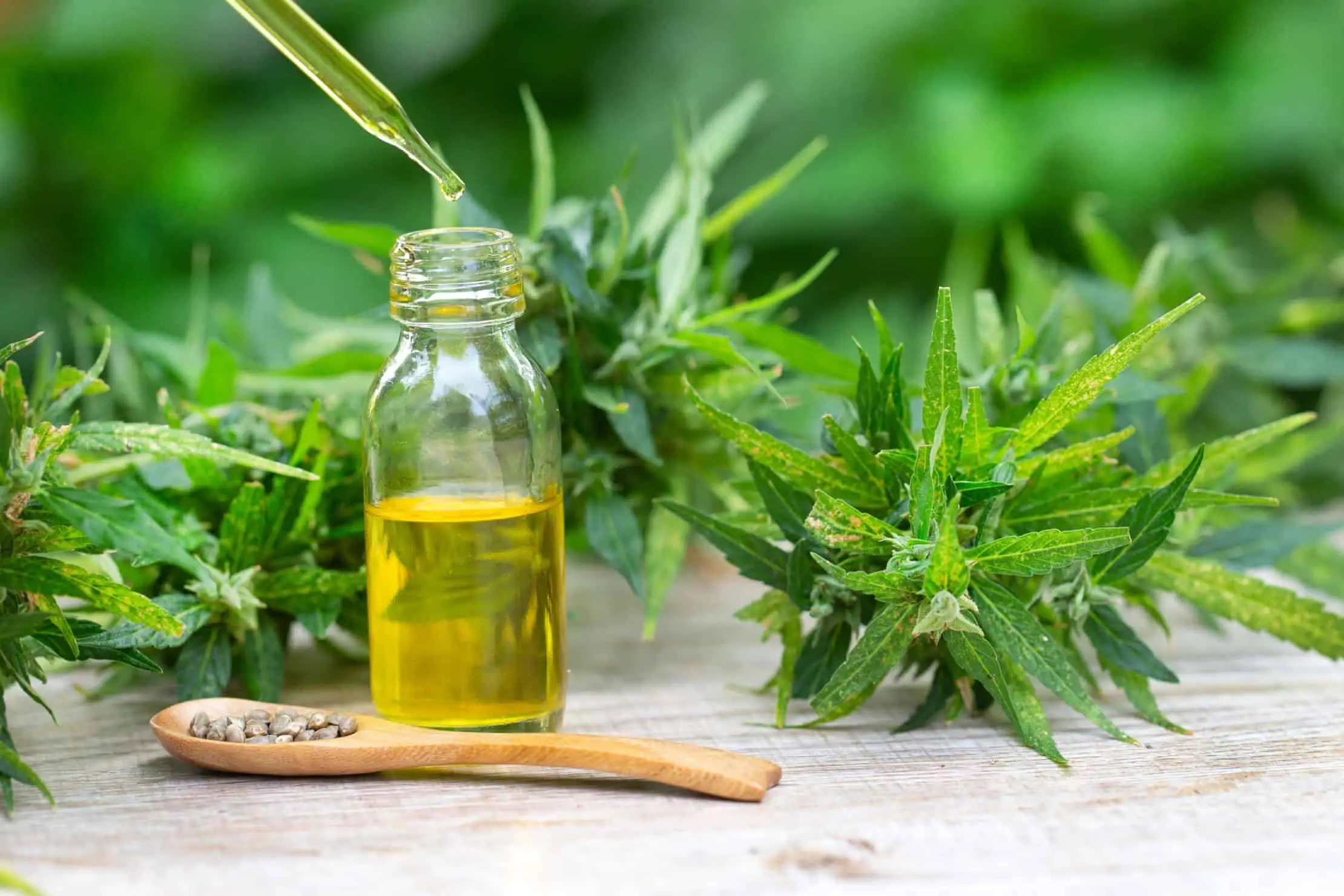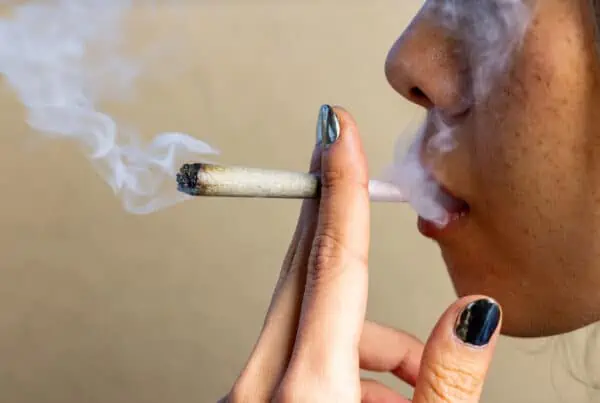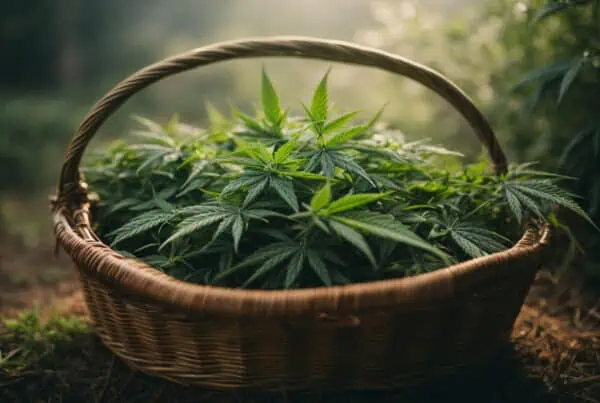TABLE OF CONTENTS
The following method is a simple method to how to make hash oil with alcohol and preserve and trim, clippings, or low quality marijuana that you might have otherwise thrown away.
How To Make Hash Oil With Alcohol-6 Steps
Step 1.
Buy some alcohol, yes, run to the liquor store!
We recommend using Everclear, high proof vodka, or rum. Everclear is the best to use if it is available in your area. Warning– Use extreme caution when using alcohol near an open flame. Alcohol is extremely flammable.
Step 2.
Grind the cannabis
By grinding the buds into small pieces, it makes it easier for the alcohol to be absorbed. This can be done using a grinder by hand, or by putting the buds in a blender and letting it run until it is all ground up.
Step 3.
Soak the ground marijuana in the alcohol
Place the ground marijuana in a jar that can be sealed tightly and pour the alcohol over it. You can put in as much alcohol as you want, covering the marijuana completely. Let the mixture sit for 24 hours. You will notice the alcohol has turned a green color. If you used very low-grade marijuana it may be a brownish color.
Step 4.
Filter out the plant fiber
Remove the plant matter by pouring the liquid through a coffee filter into another jar.
Step 5.
Let the alcohol evaporate
Pour the mixture into a bowl for at least another 24 hours. Allow the alcohol to evaporate.
Step 6.
Using the oil

Now the remaining mixture will be a green tar. There are a few ways to use it. The most popular method is to put it on top of some dried buds and smoke it in a pipe. Another method is to put the hash oil in a spoon. Heat the spoon and inhale the smoke through a tube.
Hash oil is a good way to get medicated with in a quick, efficient manor.
Hash oil is becoming very popular due to its ability to be easily transported and put into small e-pens that people can use often without people around them even knowing about.
You can use hash oil in different ways. Usually, hash oil is orally ingested, either in an infused or solid manner into your drink. You can also smoke hash oil using a pipe, bong, e-pen or vaporizer. Hash oil is also known as hashish. You can also use hash oil along with the usual cannabis flowers.
Hash Oil and How Make Hash Oil With Alcohol FAQ's
What chemicals are often used to make hash oil?
Tetrahydrocannabinol (THC), the primary active ingredient in cannabis, is inhaled in this relatively novel way of ingesting or administering the drug. Butane oil is used in a chemical procedure to create this concentrated form. Cannabis oils are extracted with the use of butane.
Is hash oil illegal?
Because of the rapidly changing regulations and the public's perception of the drug, marijuana charges are among the ones that are changing the fastest. However, producing hash oil is now prohibited and seen as harmful, therefore in order to ensure the best outcome, you must work with an experienced attorney.
What is the best solvent for hash oil?
Due to its efficiency in removing a variety of terpenes and cannabinoids, ethanol is a well-liked and secure solvent.
What is hash oil?
There are a few different names for hash oil, including honey oil and cannabis oil. Hash oil is a concentrated form of cannabis extract. Cannabidiol (THC) and other cannabinoids are present in high concentrations in this substance, which is generated from the resin of cannabis plants. Both the consistency and the strength of hash oil can vary.
How is Hash Oil Made?
In most cases, a solvent extraction method is utilized in the production of hash oil. The cannabinoids and terpenes that are present in the plant material are extracted with the help of solvents such as butane, alcohol, or carbon dioxide. After that, the solvent is evaporated, and the concentrated oil is removed from the mixture.
How Do You Use Hash Oil?
One can eat hash oil in a variety of different ways. It is possible to dab it or vaporize it with the use of a specialized apparatus known as a dab rig. Moreover, it can be administered topically, used to manufacture edibles, or added to joints or blunts during the smoking process.
What Are the Effects of Hash Oil?
It is possible for hash oil to cause powerful psychoactive effects, such as euphoria, relaxation, altered perception, and increased appetite, for the simple reason that it contains a high concentration of THC. The potency of the oil and the user's tolerance both play a role in determining the different effects.
Can Hash Oil Be Used Medically?
It is true that hash oil is utilized for a variety of medical applications, primarily for the treatment of illnesses such as epilepsy, chronic pain, and nausea, as well as as a supplement to the treatment of cancer. Its efficacy is contingent upon the physical condition of the individual as well as their reaction to cannabis.
Is Hash Oil Dangerous?
It is generally safe for adults to consume hash oil; but, the high quantity of THC in hash oil might create undesirable consequences, particularly in users who are not acquainted with the substance. In extremely rare instances, excessive intake might result in psychotic symptoms, as well as anxiety and paranoia. Because the extraction process that involves solvents might be dangerous, it is recommended that only trained specialists carry it out.
How to Store Hash Oil?
For the purpose of preserving its effectiveness and preventing its degradation, hash oil should be stored in a container that is airtight and kept away from light and heat. Its shelf life can be extended with the use of refrigeration.
Can You Make Hash Oil at Home?
In spite of the fact that it is feasible to produce hash oil at home, doing so is not generally suggested due to the dangers that are associated with the use of flammable ingredients. Professional extraction techniques are not only safer, but they also result in a product that is more consistent and of higher quality.
What is the Difference Between Hash Oil and CBD Oil?
The cannabis content of each is the primary distinction between them. Hash oil is high in THC, which is the psychoactive component of cannabis, whereas CBD oil contains cannabidiol, which is a molecule that does not produce psychoactive effects. In order to avoid the psychoactive effects that are linked with THC, CBD oil is utilized for its potential therapeutic benefits.
What type of alcohol should I use to make hash oil?
For optimal results, it is recommended to make use of high-proof, food-grade alcohol, such as Everclear or isopropyl alcohol, which has a purity level of 99%. It is essential to make use of high-proof alcohol because it has the ability to efficiently dissolve the cannabinoids and terpenes that are discovered in the plant material. Remember that you should never use any alcohol that is not designed for consumption, including denatured alcohol.
Is making hash oil with alcohol safe?
Because alcohol is flammable, the process of making hash oil using alcohol can be quite hazardous. This activity should only be carried out in a location that has adequate ventilation and is located away from any open fires, sparks, or sources of heat. Wearing protective gear and working in a safe atmosphere should always be your top priority when taking safety precautions.
How do I evaporate the alcohol after extraction?
After the plant material has been soaked and strained, the alcohol must be evaporated in order to ensure that the hash oil is retained inside. In order to do this, the alcohol-cannabis mixture can be heated in a double boiler setup gradually, a rice cooker can be used, or it can be allowed to evaporate spontaneously at room temperature in a location that has adequate ventilation. In order to prevent the loss of terpenes and cannabinoids, it is essential to reduce the temperature to a lower level.
“
There are over 300,000 jobs in the cannabis industry. CTU trained me for one of them!

Makes $24.50 @ THC +
How long does the extraction process take?
Depending on the desired level of potency and the method that is being used, the soaking process might take anywhere from a few minutes to many hours. For the same amount of time, the evaporation of the alcohol can take anything from a few hours to a day or even more, depending on the method of evaporation and the amount of alcohol that needs to be evaporated.
Can I make hash oil with already vaped bud (AVB)?
In order to produce hash oil using alcohol, it is possible to use already vaped buds (AVB). As a result of the fact that part of the cannabinoids and terpenes have already been vaporized, the oil will have a lesser potency compared to the oil that is produced with fresh or cured cannabis.
Do I need to decarboxylate my cannabis before making hash oil with alcohol?
Yes, decarboxylating cannabis before extraction activates THC and other cannabinoids. Before soaking in alcohol, cannabis is heated in a low oven to activate the cannabinoids for extraction.

Gavin Kushman
Gavin is a worldly adventurer and cannabis connoisseur, embarking on journeys that take him to the far corners of the globe to explore and document the varied effects, flavors, and histories of both renowned and lesser-known strains. From the misty high-altitude farms of the Hindu Kush highlands to the vibrant cannabis cafes of Amsterdam, Gavin's quest for knowledge spans continents. A recognized authority in the cannabis industry, he frequently lends his expertise to leading publications such as Cannabis Training University, where his captivating blog articles chronicle his unique experiences with different cannabis strains.












 Jeff was involved in an accident where he endured a traumatic brain injury. He had a week-long stay in ICU where brain surgeons
Jeff was involved in an accident where he endured a traumatic brain injury. He had a week-long stay in ICU where brain surgeons  100% risk free money back guarantee within 48 hours after purchase if student has not completed any of the courses or exams.
100% risk free money back guarantee within 48 hours after purchase if student has not completed any of the courses or exams.